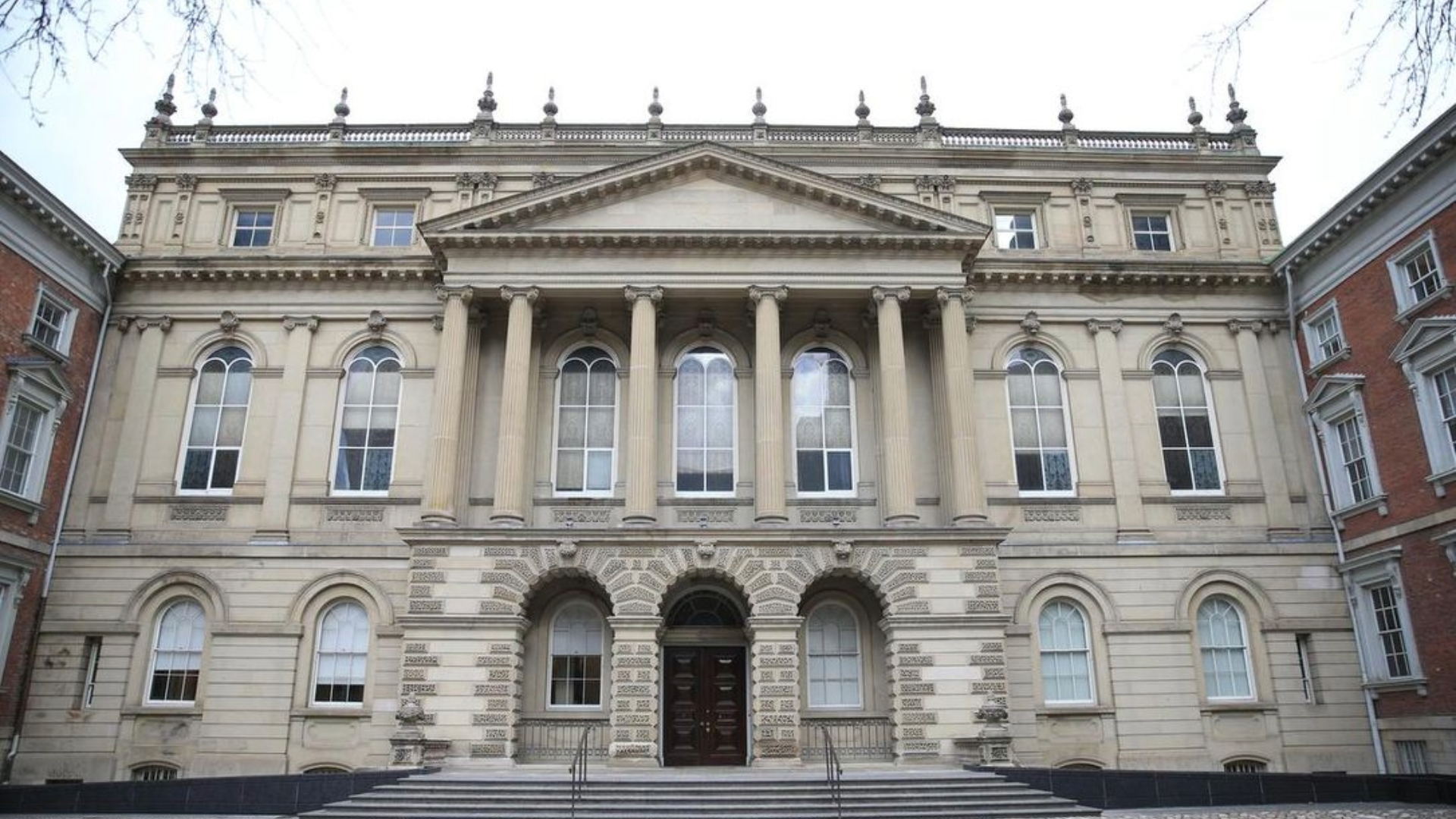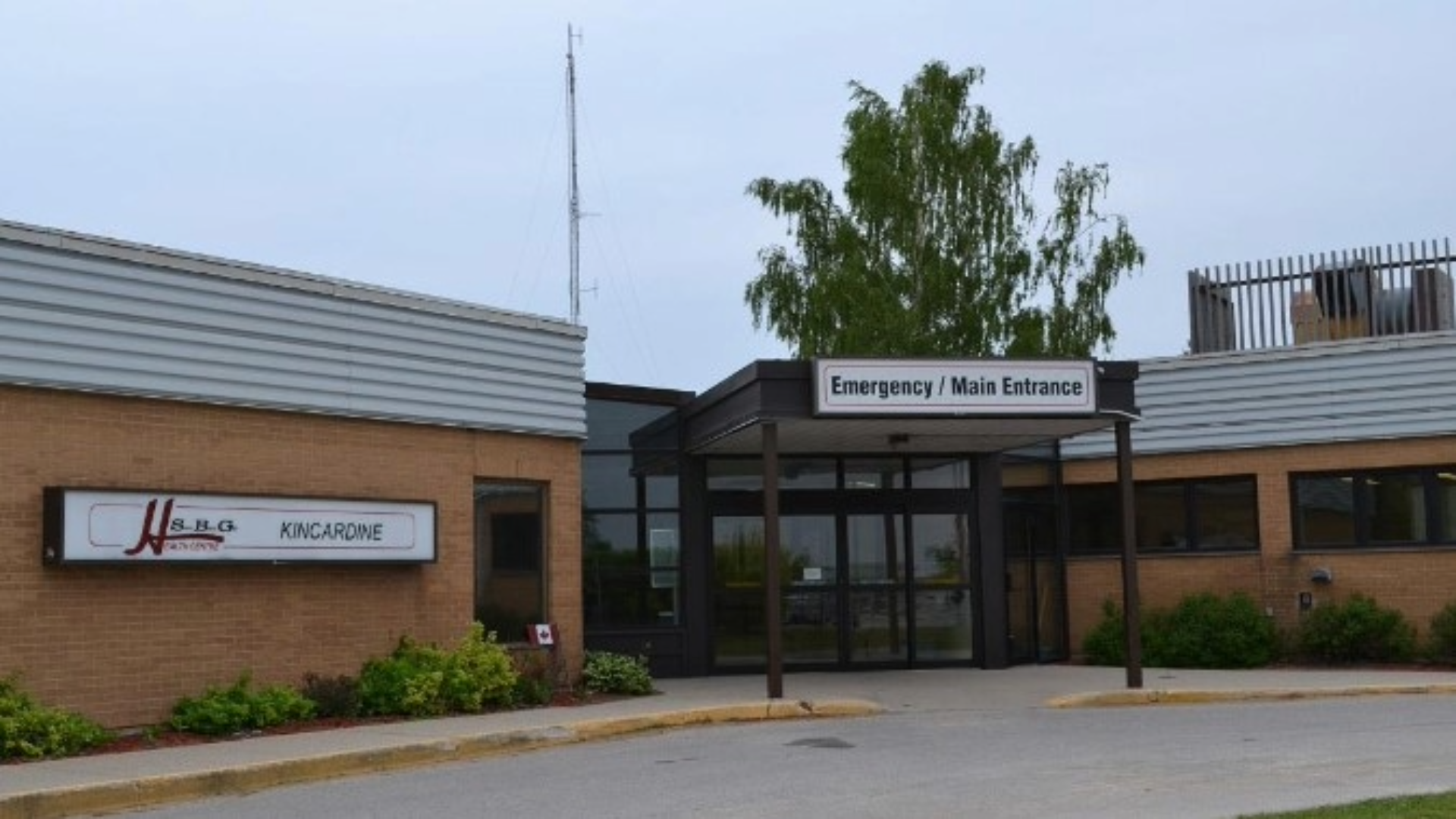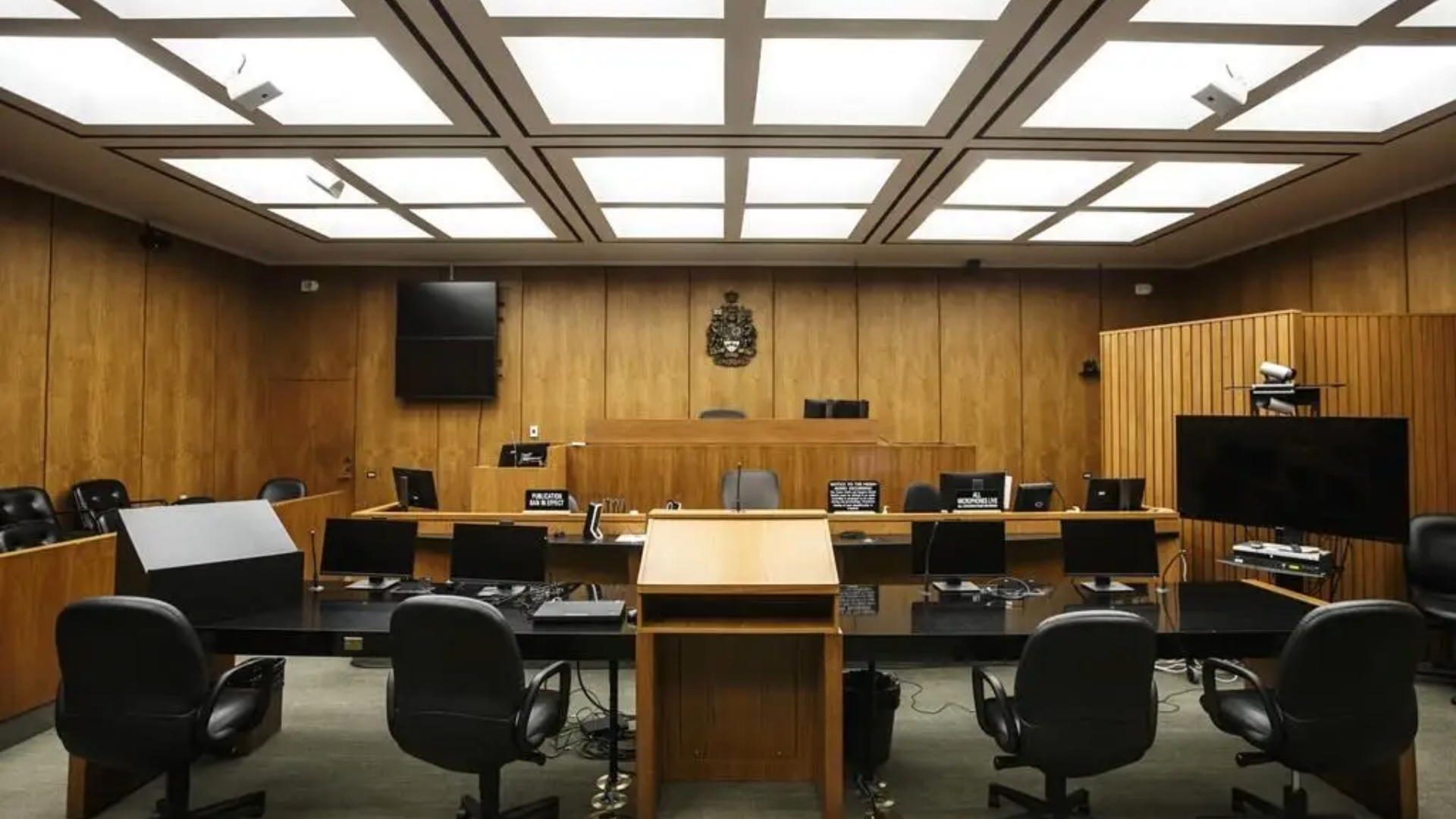
Ishac v Ontario (Health Insurance Plan) – Pectoral Implant Removal Not Covered by OHIP
In Ontario, the line between an insured health service and an elective cosmetic procedure can sometimes seem blurry. The Ontario Health Insurance Plan (OHIP) is

On July 21, 2025, the Supreme Court of British Columbia dismissed a medical malpractice action against an emergency medicine physician for allegedly failing to order a CT scan and lumbar puncture to rule out a potential subarachnoid hemorrhage (SAH) in a 54 year-old male who had presented with a chief complaint of headache. Three days earlier this patient had attended on other emergency medicine doctors for headache that had led to a negative CT scan of his head.
On the attendance at issue, the Court found that, consistent with the medical records, the patient was experiencing a dull headache most consistent with a migraine. The Court rejected the argument that the patient was experiencing a “thunderclap” headache, that being a sudden onset severe headache. The earlier negative CT was reassuring. It was not disputed by any of the experts at trial that a sudden severe onset headache should raise suspicion for a SAH. The case was dismissed because the Court did not accept that the patient had this type of headache on the date in question that would lead a clinician to suspect a SAH.
Several days later, the patient did have a sudden onset headache that led to the diagnosis of SAH and treatment was successfully organized.
Between August 1st and 8th, 2018, Ralf Ricottone, the plaintiff, visited the emergency room three times with complaints of a gradual onset headache.
On August 1st, Mr. Ricottone was assessed at Vancouver General Hospital by Drs. Noah Alexander and Patrick Oxciano. He was treated for his headache, and a CT scan showed no acute issues. After medication, his headache reportedly improved, and he was discharged. On August 4th, Mr. Ricottone sought care at Burnaby General Hospital with similar complaints, where emergency physician Dr. Neil Long diagnosed him with a migraine and later discharged him. Dr. Long testified that he specifically confirmed with Mr. Ricottone that his headache developed gradually rather than suddenly. This distinction is critical because sudden-onset headaches can signal serious conditions like a (SAH). Following treatment, Mr. Ricottone’s symptoms improved, and he was advised to return if the headache recurred.
On August 8th, Mr. Ricottone returned to Burnaby General Hospital with similar headache complaints. This time, a CT scan revealed a SAH requiring surgery. He was hospitalized until August 23rd. Mr. Ricottone alleged that Dr. Long failed to adequately investigate the possibility of an SAH on August 4th, and that this failure led to the significant SAH he suffered four days later.
The central issue in this case is whether Dr. Long failed to meet the standard of care expected of a reasonable emergency medicine physician under these circumstances, and if so, whether that failure directly caused Mr. Ricottone’s injuries.
The amount of compensation that should be awarded to Mr. Ricottone, assuming liability was proven, as also at issue.
Dr. Indraneel Ghosh was qualified as an expert in emergency medicine. He testified regarding the standard of care, basing his opinion on the premise that Mr. Ricottone had experienced a “thunderclap” headache, a sudden and severe headache often indicative of a serious condition like SAH. Dr. Ghosh explained that patients presenting with such symptoms are almost always correctly diagnosed when a CT scan is promptly performed, followed by a lumbar puncture if needed. He argued that Dr. Long should have exercised greater caution and that failing to do so fell below the expected standard of care for an emergency physician.
Dr. Travis Cadieu specifically addressed the standard of care provided by Dr. Long. He concluded that Dr. Long’s assessment and treatment of Mr. Ricottone were “appropriate and not unusual for any adult patient presenting with an acute headache in the emergency department.” Dr. Cadieu noted that Dr. Long thoroughly documented Mr. Ricottone’s gradual-onset headache and followed a standard treatment plan, with nursing records showing improvement after medication. Dr. Long also provided proper discharge instructions to return if symptoms continued. Since a recent CT scan was normal, managing the symptoms and discharging him was reasonable.
Dr. Andrew Digney testified to the standard of care expected of a doctor like Dr. Long. He expressed that not all headache patients need a CT scan or lumbar puncture. Even plaintiff’s expert Dr. Ghosh limits these tests to cases with a “thunderclap” headache, a sudden, severe headache. Dr. Digney noted Mr. Ricottone did not have a thunderclap headache during his August 1 and 4 visits, so immediate CT scans or lumbar punctures weren’t necessarily appropriate. Dr. Digney added that typical warning signs of SAH, like neck stiffness, loss of consciousness, etc., were absent. Given the information on August 1 and 4, Dr. Digney concluded the decision not to perform a lumbar puncture was reasonable.
Dr. Donald Cameron testified on the standard of care, focusing on the severity of Mr. Ricottone’s headaches. He noted that Mr. Ricottone rated his headache as a 7 out of 10 on August 1 and 4, which is much lower than the 10 or 11 out of 10 that doctors typically hear from patients with a SAH. He described a 7/10 headache as “moderate” and found it hard to reconcile that rating with the intense pain usually associated with SAH. While it’s uncommon for someone to experience their first migraine after age 50, Dr. Cameron testified that, given Mr. Ricottone’s symptoms, it was statistically much more likely he was experiencing a migraine rather than an SAH at that time.
The judge ruled that Dr. Long did not breach the standard of care. The court pointed out that the medical records never described a “sudden onset” headache, and that Dr. Long took reasonable care to ensure that the headache’s severity was not consistent with a SAH.
[109] I am satisfied that Dr. Long took adequate steps to determine whether Mr. Ricottone’s headache was sudden onset, that determination being important to a possible diagnosis of SAH. Having taken those steps, he concluded it was not. I cannot conclude that he did not meet the standard of care required of him by any failure to do so, as Mr. Ricottone has alleged.
With respect to causation, the trial judge found that it was far more likely that Mr. Ricottone’s headache on August 4 was a migraine. Due to this, a CT scan or lumbar puncture on that date, even if indicated, would not have detected any bleed, and no surgery would have been done. Therefore, even if Dr. Long should have ordered further tests, this alleged breach did not cause the harm Mr. Ricottone claimed.
When assessing damages, the court initially viewed $50,000 as fair compensation for Mr. Ricottone’s pain and suffering. However, because part of his injury would have occurred even without any negligence, the court reduced the award by half to $25,000. This adjustment reflects the court’s judgment that only a portion of the harm was attributable to possible negligence, so compensation should be limited to that share.
Decision Date: July 21, 2025
Jurisdiction: Supreme Court of British Columbia

In Ontario, the line between an insured health service and an elective cosmetic procedure can sometimes seem blurry. The Ontario Health Insurance Plan (OHIP) is

On February 11, 2019, Bradley McKee stabbed his father, William McKee, to death. At the time of the stabbing, Bradley was 27 years old; he

On August 22, 2025, a judge of the Ontario Superior Court of Justice found emergency medicine physician Dr. Angela Cavanagh negligent for not referring a

On August 14, 2025, the Court of King’s Bench of Alberta found Dr. Mark Guhle liable for over $16,500,000 for medical malpractice leading to the